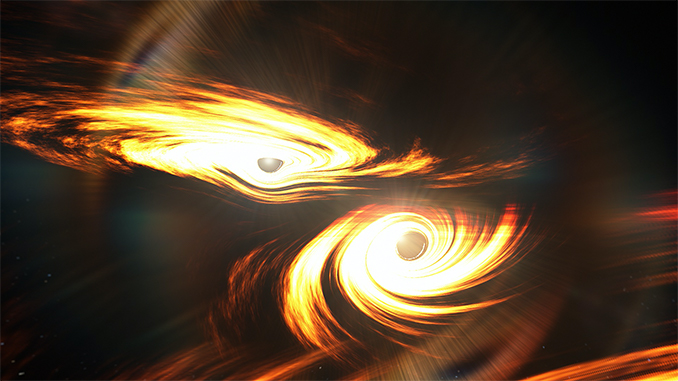
The record-breaking field was discovered at the surface of a neutron star called GRO J1008-57 with a magnetic field strength of approximately 1 BILLION Tesla. For comparison, the Earth’s magnetic field is about 1/20,000 of a Tesla.

We are now one step closer to space with a recent U.S. paper that describes a way to build an expandable space habitat of concentric cylinders that can house up to 8000 people.

Australian astronomers surveyed a patch of sky around the constellation Vela known to include at least 10 million stars. They found no technosignatures – no sign of intelligent life.

An international team of scientists have recently found the abundances of phosphine in the Venusian cloud decks. It might - just might - be a biosignature.

In recent years, the confirmed number of Jovian moons has risen to 79. Now, a new study says that there may be 600 small irregular moons orbiting Jupiter.

On Sept. 4th, China launched a new and mysterious spacecraft. The nature of the spacecraft remains unknown, but it’s a reusable spaceplane. The spaceplane spent two days in orbit before coming home.

Images of the Milky Way, California nebula and Andromeda galaxy are among the winners of the Insight Investment astronomy photographer of the year award.

GREGOR, the largest solar telescope in Europe, has obtained unprecedented images of the fine-structure of the Sun. Now, the Sun can be observed at a higher resolution than before from Europe.

Researchers have found what may be remnants of the solar system’s largest impact structure, ancient concentric troughs that extend across almost the entire surface of Jupiter’s moon Ganymede.

Gravitational wave observatories have detected ripples in space-time that indicate the merger of two black holes with 85 and 65 solar masses. The result was a single black hole with 142 times the Sun’s mass.

It looks as though Breakthrough Listen’s ( a non-profit organization dedicated to advancing space exploration ) search efforts could be expanded by a factor of more than 200.

A new study finds that Earth's water may have come from materials that were present in the inner solar system at the time the planet formed - instead of far-reaching comets or asteroids delivering such water.

Killer cosmic rays from nearby supernovae could be the culprit behind at least one mass extinction event, researchers said, and finding certain radioactive isotopes in Earth.